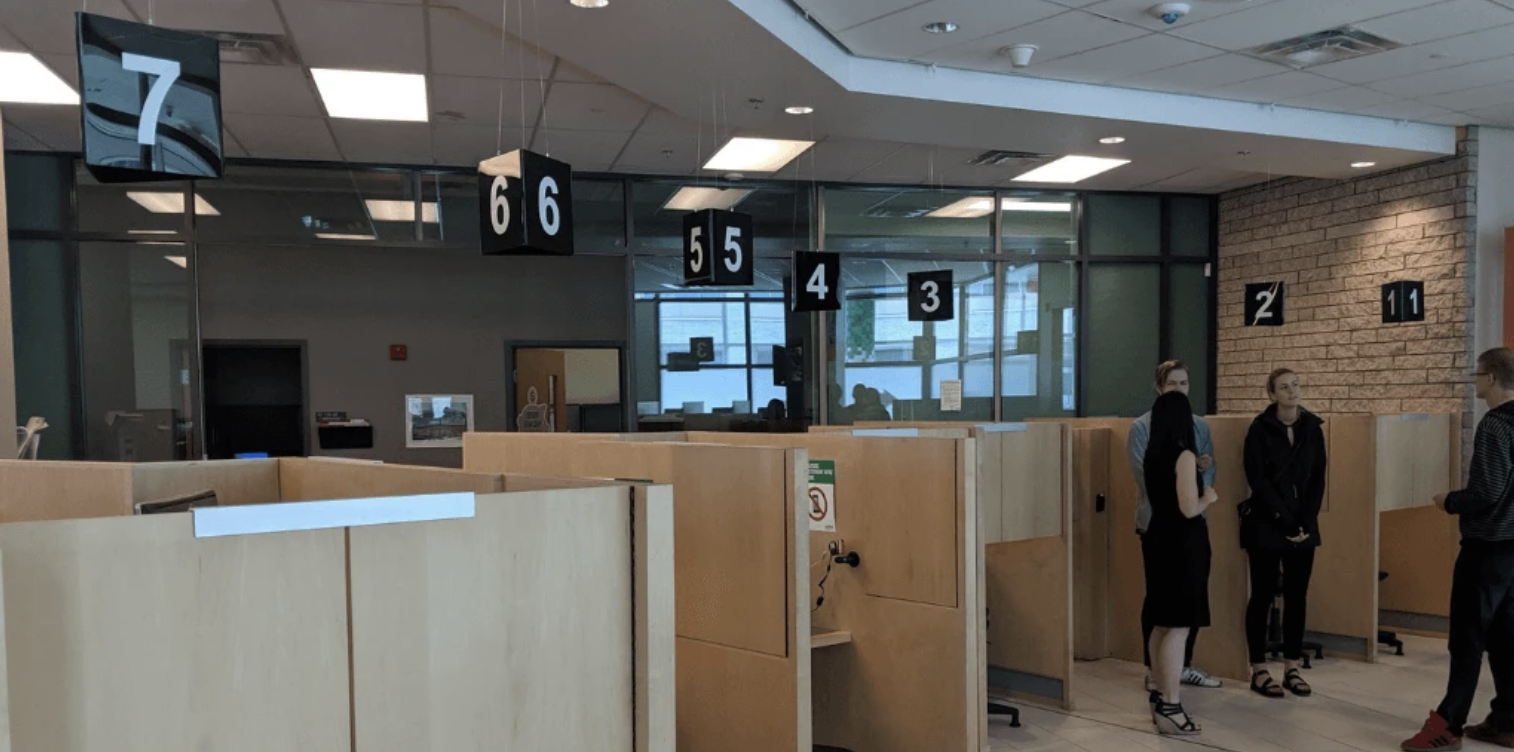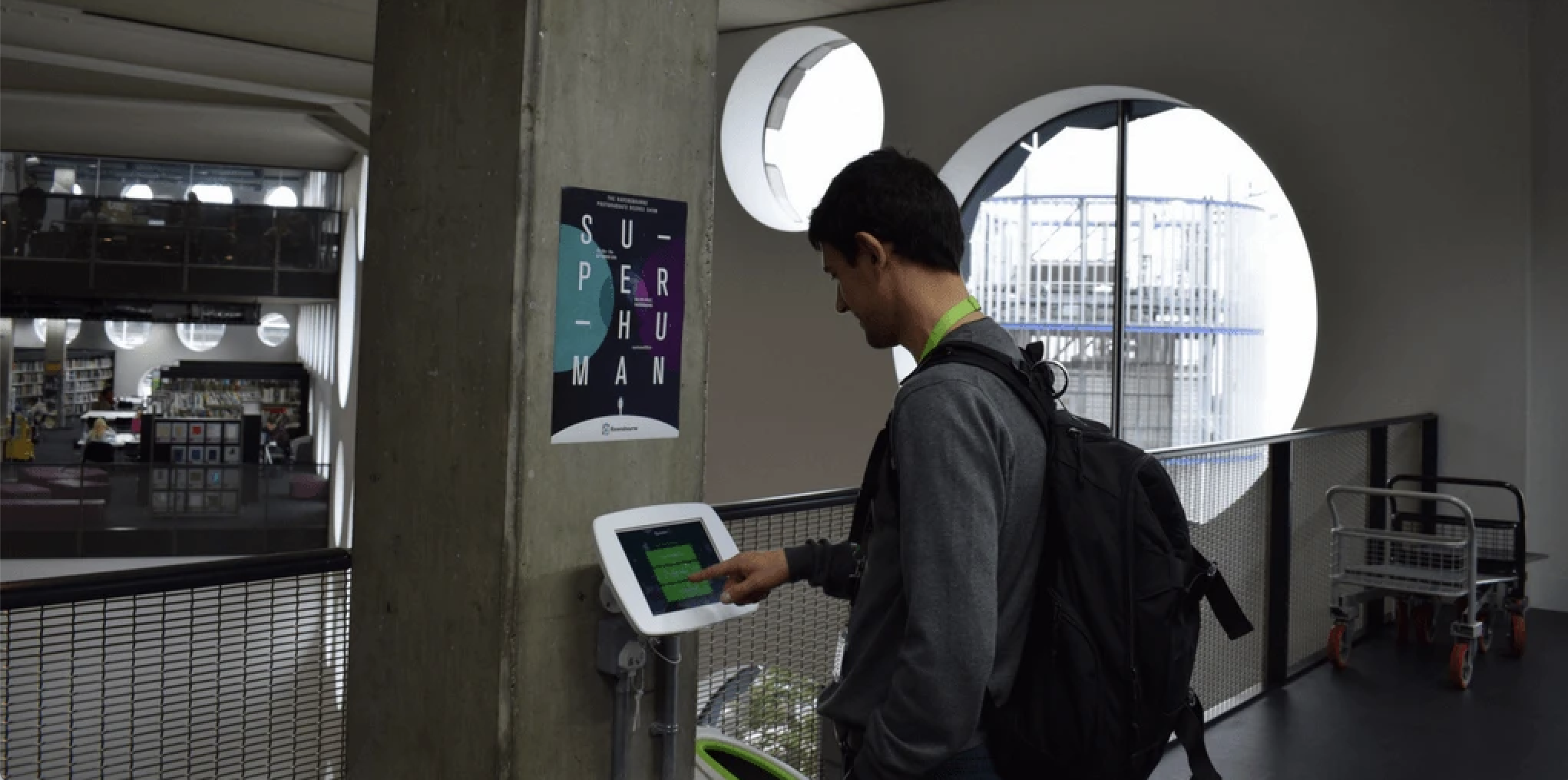Student Queue Management Software
Better student service
without the lines
Organize student queues and free up time for students and staff with tools designed for education settings.
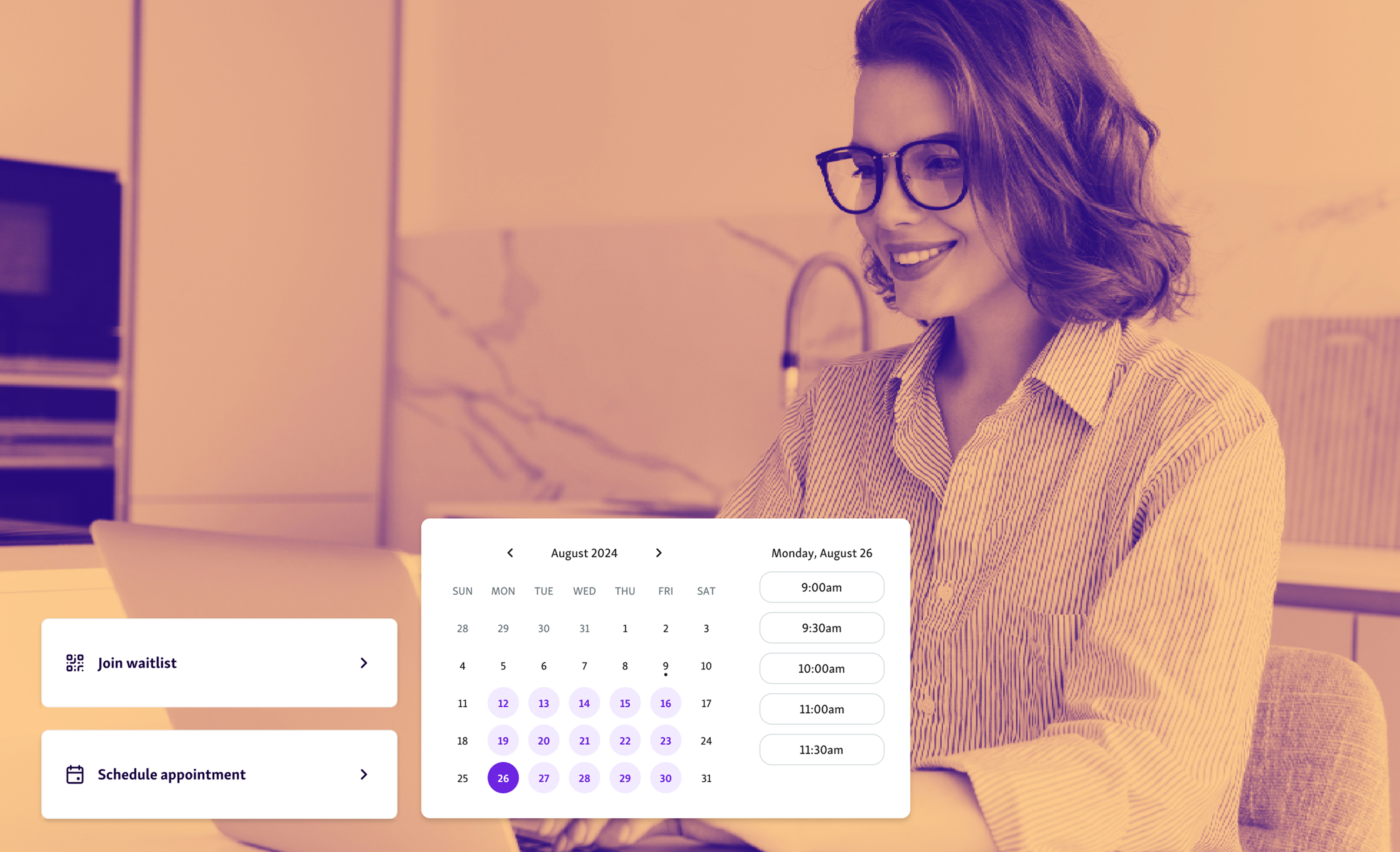
You know what you’re up against
Time is precious
And so is funding
Students can’t afford stressors
From chaos to clarity:
how Qminder helps
You’re eligible for a solution
Qminder is bringing educational queue management systems into all kinds of organizations including La Cité College and Ravensbourne College.
K12 schools
Higher Education
Universities
Community colleges
Vocational schools
High schools
Private schools
Elementary Schools

What you can make happen
Make enrollment effortless
Get students arriving on time and with the right document, and take the load off student services.
Automate the busywork of getting students signed-in and where they need to be.
Prompt students in advance about what they need to bring or forms they should fill out.
Automatically prioritize appointments or walk-ins as needed.
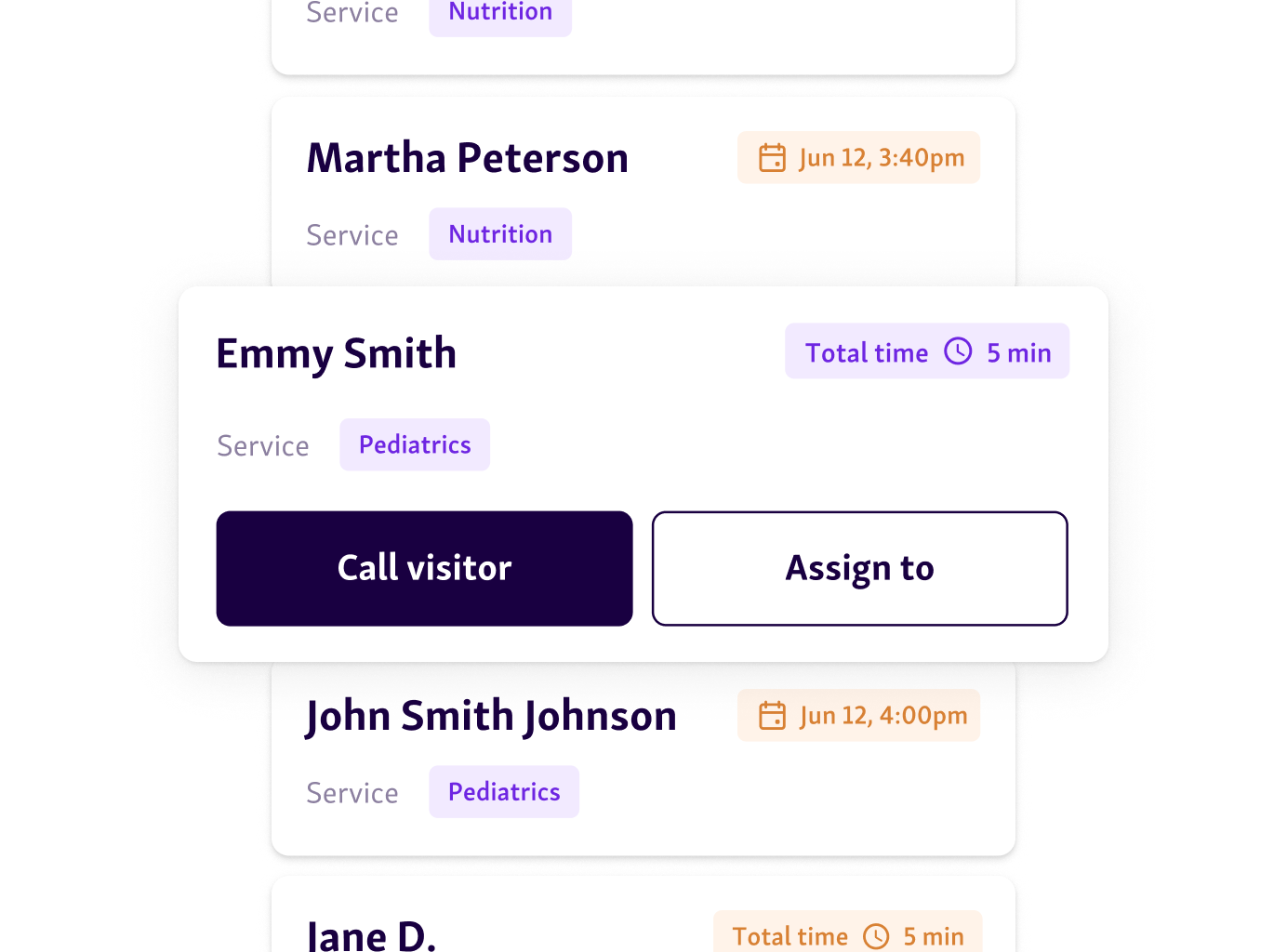
Upgrade the student queue experience
Reduce the stress and hassle for your students, visitors and staff.
Give students updates via customer messaging , so they can leave until it’s time to return.
Identify bottlenecks, tighten handovers and reduce the wait time for everyone.
Enhance the pre-appointment experience and get better feedback from students and staff.
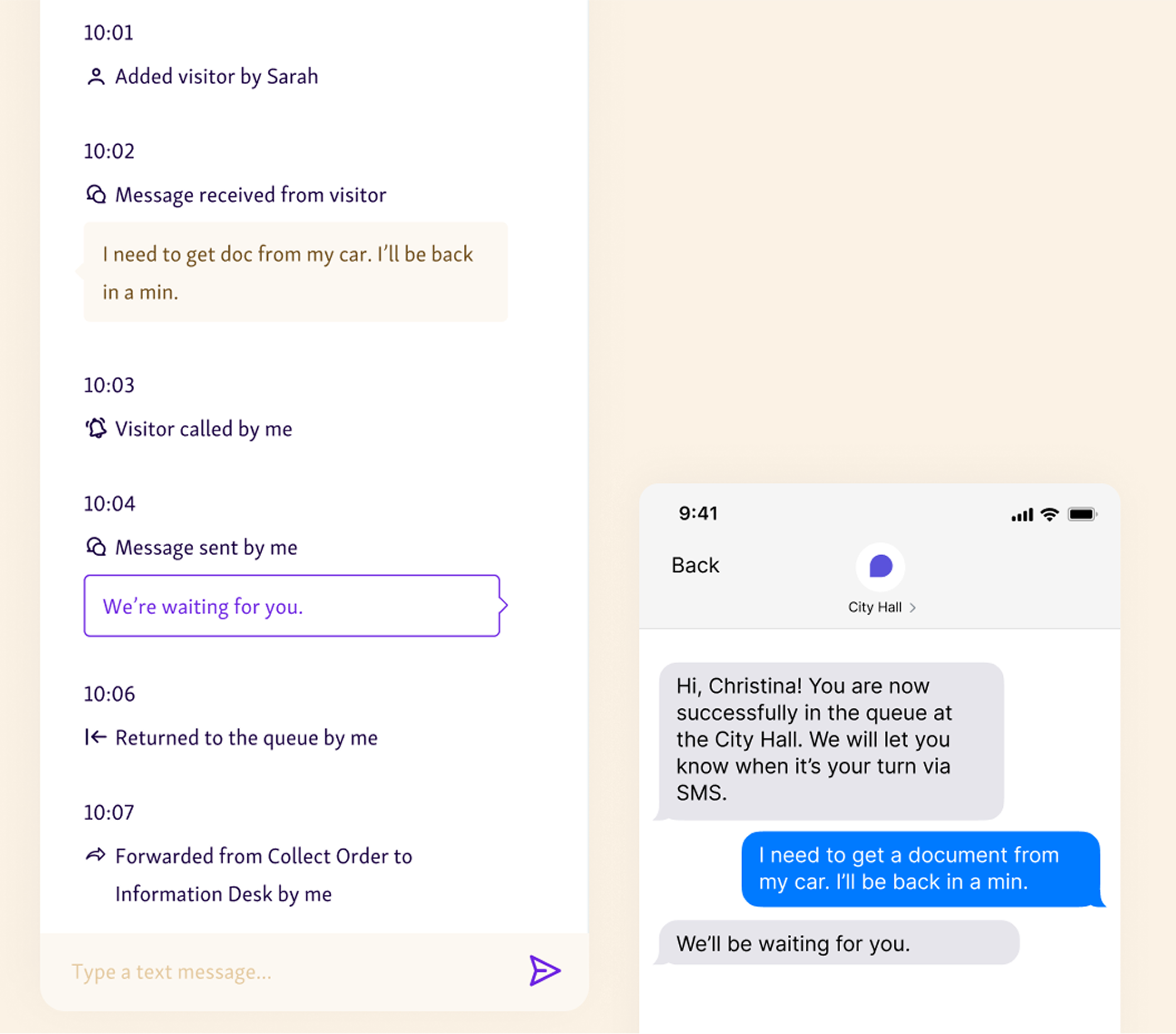
Get visibility on what’s happening
See the insights you need to create smarter service flows and analyse the results.
Capture key student data during self-check-in – and resurface it at the point of need..
Evaluate students’ reasons for visiting, rush hours, and your no-show rate.
Give service teams insights in real-time so they can prepare ahead and reduce burnout.
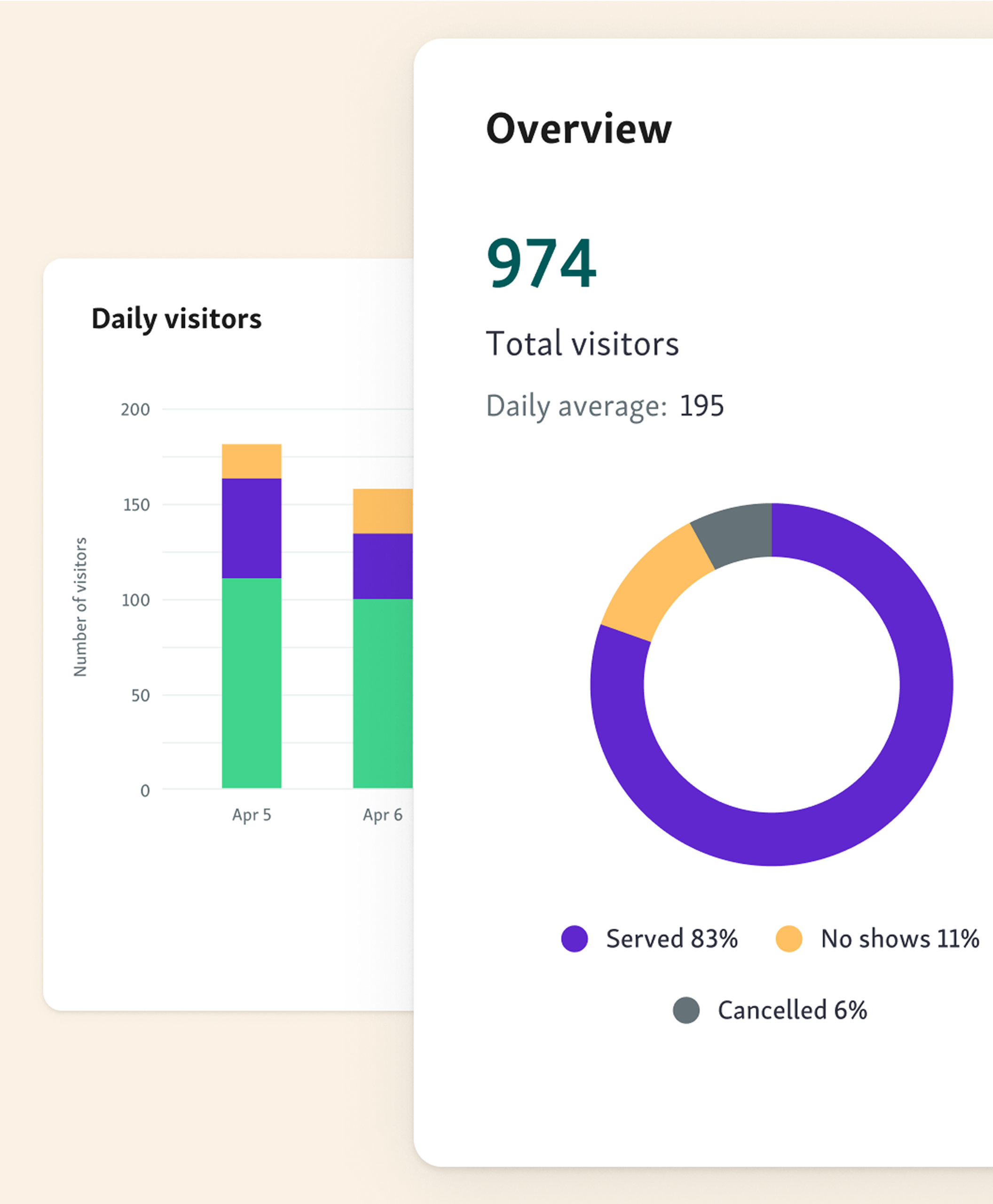
Discover how schools and universities use Qminder to organize queues and support students efficiently.

Why choose Qminder?
We’ve boosted CSAT, operational efficiency, and key performance metrics for government agencies, healthcare providers, financial institutions, universities, and major retailers.
Unlimited locations
Unlimited visitors
Unlimited service lines
10 users
